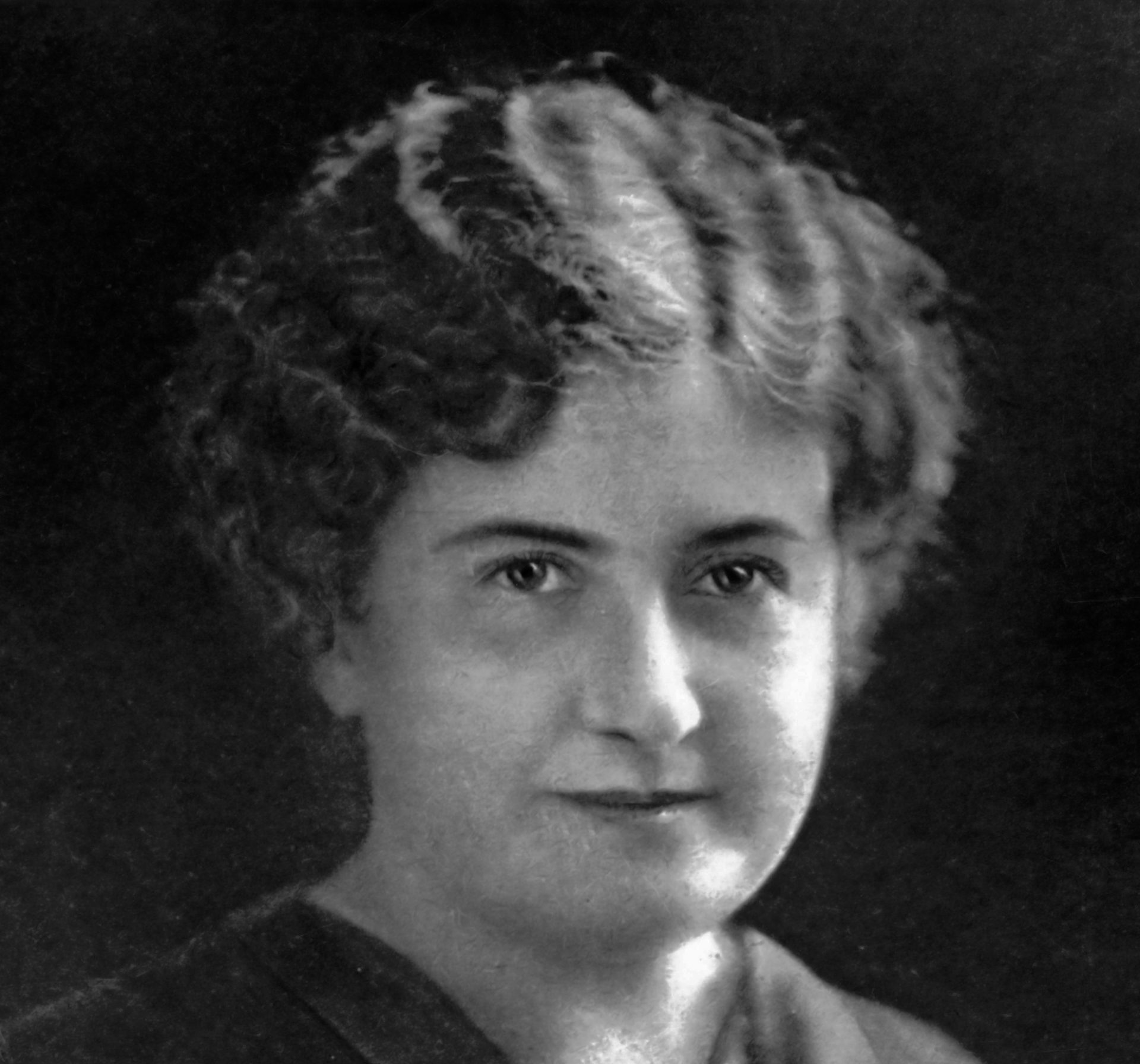Last week, Google celebrated its 16th anniversary. Behind the creation of the web giant, as well as of others the likes of Amazon and Wikipedia, there is a generation of brilliant Montessori-educated founders. Larry Page and Sergey Brin, Jeff Bezos, and Jimmy Wales all attended Montessori schools in the U.S., inspired by the innovative educational approach developed in the early 1890s by Italian physician and educator Maria Montessori.
Born in 1870 in the small town of Chiaravalle, in Marche region, she grew up in Rome and graduated in medicine from the local university – a noteworthy achievement for a woman at that time. Focusing on paediatrics and psychiatry, Montessori started working with children with disabilities or learning difficulties, developed a structured educational method, and opened her first school called “Children’s House” in 1907.
Her scientific approach was based on observation and experimentation with traditional teaching practices, and aimed at creating a quality learning environment and materials that stimulated the children’s natural desire and ability to learn at their own pace.
According to the Montessori model, the children’s innate path of psychological development is triggered by spontaneous interaction with an optimized environment, featuring mixed-age classrooms, long blocks of work-times, freedom to choose within a range of specialized activities and to move within the classroom, collaboration, creativity, questioning, and manipulation of materials to foster learning rather than direct instructions or testing. The final goal is to bring forth human potential, enabling the students to become life-long learners and to understand the world around them, considering different points of view and analyzing the situations on the basis of their constantly increasing knowledge.
As the popularity of Maria Montessori’s school increased, both in Italy and internationally thanks to several publications, she began to travel worldwide to promote her innovative approach to education that can be applied with positive results from elementary to high school and at every economic level.
In October 1911, the first North American Montessori school was opened in Tarrytown, New York, and the American Montessori Society was founded. Two years later, Maria Montessori visited the United States on a lecture tour, and then again in 1915 when she presented her work at the International Exposition in San Francisco, California. Despite inevitable critiques and controversies, mainly due to the strict control over teachers’ training and preparation of materials, Maria Montessori’s child-centered method attracted many followers.
Today there are over 22,000 schools in 110 countries, and approximately 5,000 in the United States. They have educated and inspired successful alumni like entrepreneurs Larry Page and Sergey Brin, Stanford graduates whose ground-breaking invention has radically influenced the Internet. The Google project, as well as Amazon’s, developed through gradual discoveries, small bets, failures and wins that eventually brought about a revolutionary business model.
Even Google’s headquarters in Mountain View, in the Silicon Valley, looks like a tribute to their Montessori background: a modern kindergarten for adults, where the employees are encouraged to use their creativity, to experiment and interact. A playful and stimulating environment, just like the Montessori schools of their childhoods.































